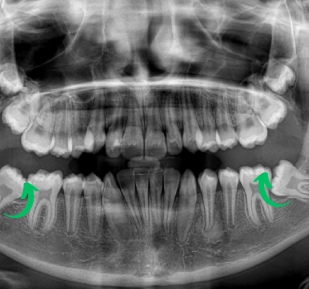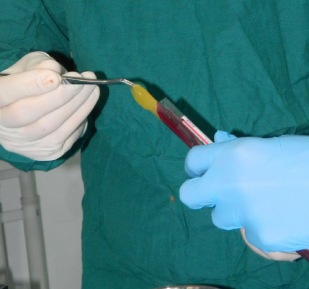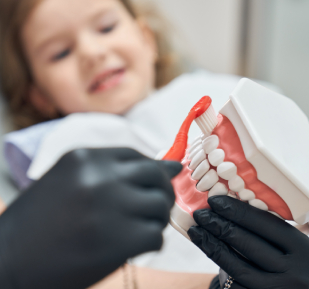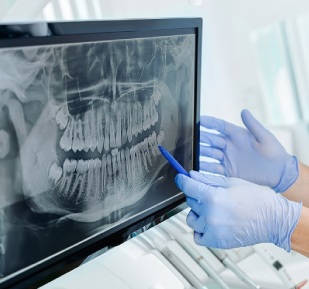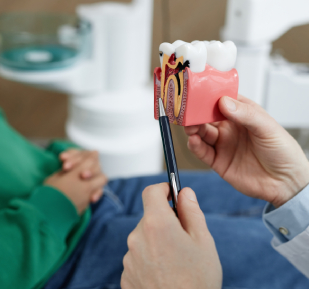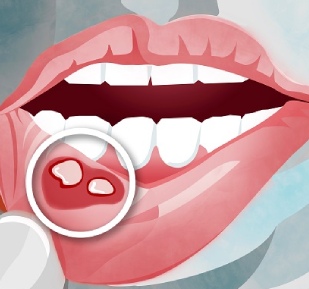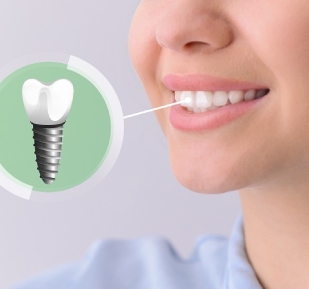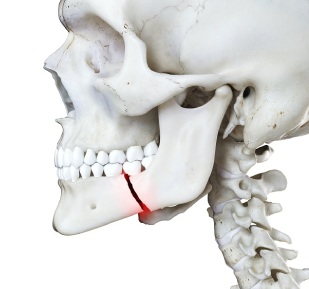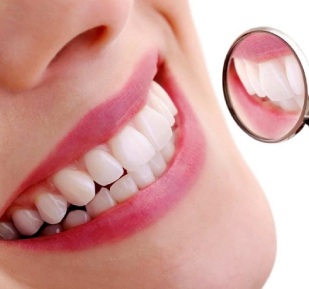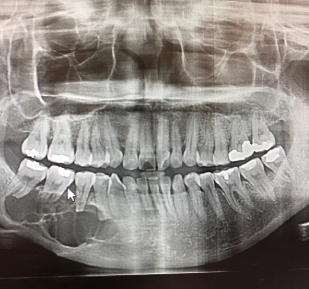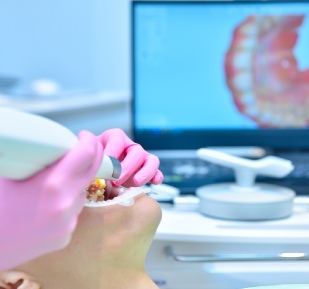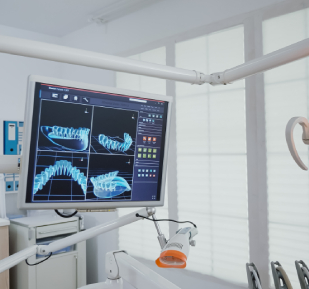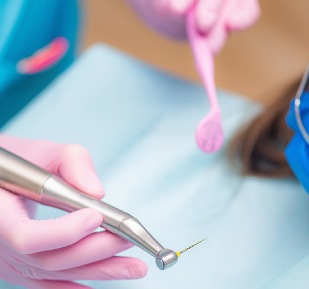Advantages Of Anesthesia In Dental Treatments
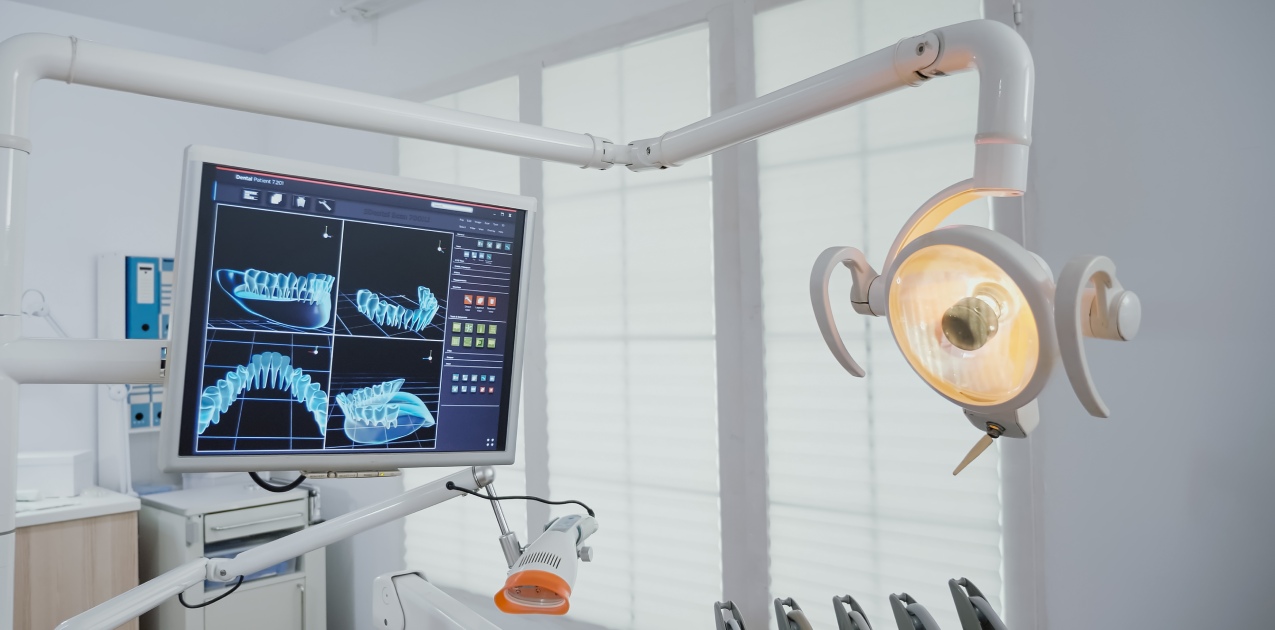
Anesthesia administration, i.e., general anesthesia or sedation anesthesia is preferred in oral and dental health treatments for adult or child patients who have dentist phobia or are intimidated, individuals with special needs and in many surgical operations where local anesthesia will be insufficient (cyst formations, wisdom teeth removal, jaw fractures, etc.).
Oral and dental treatments performed while the patient is under general anesthesia can be opted for especially in cases where more than one operation is required. Therefore, the most important advantage is that oral and dental treatment can be completed at one session.
Oral and dental treatments are performed while the patient is under anesthesia comfortably and safely in our full-fledged center with modern technological devices.
Where And How Are Dental Treatments Performed When Patients Are Under Anesthesia?
Oral and dental treatments under anesthesia are performed in a full-fledged operating room environment by dentists under the surveillance of an expert anesthesiologist.
Oral and dental treatments can be performed thorougly using mobile dental treatment unit specially designed for oral and dental treatments performed under anesthesia.
What Should Patients Pay Attention To After Anesthesia Administration?
A patient, who has been administered general or sedation anesthesia, should be kept under surveillance for several hours after waking up. It is highly important that patients visit the dentist regularly after the treatment in terms of oral and dental health.







